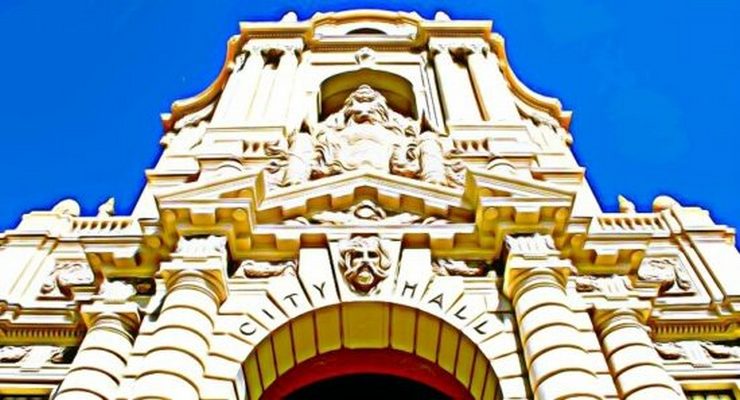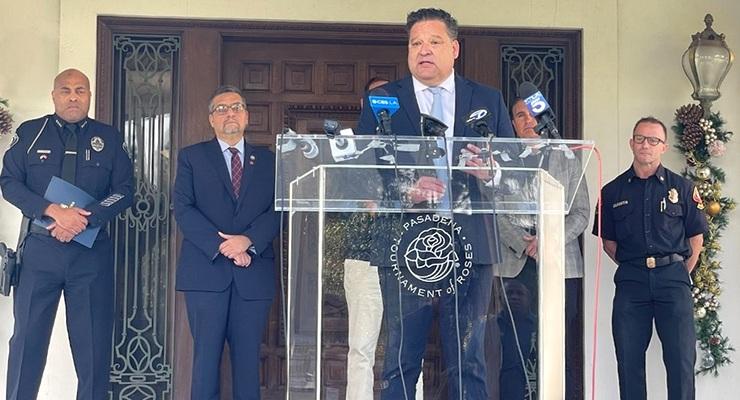
A preliminary economic analysis of Pasadena’s ambitious 710 freeway Reconnecting Communities project shows four development scenarios are “potentially feasible,” though concerns remain about covering massive infrastructure costs.
The analysis, prepared by consultant AECOM for Thursday’s Land Use and Mobility Standing Committee meeting, examines development options ranging from $2.3 billion to $2.4 billion in total costs. All scenarios focus on mixed-use development combining residential, commercial and life sciences uses.
The project aims to reconnect neighborhoods divided by the 710 freeway. Two main concepts are under consideration: “Gardens and Terraces” and “Boulevard and Paseos.”
Each concept offers variations with either 75% or 60% residential development, AECOM’s analysis said. The most residential-heavy option includes 2,380 housing units, while the most commercial-focused features 1,757 units.
All scenarios assume 20% affordable housing units at 90% of area median income.
The analysis shows projects with more residential development perform slightly better financially than those emphasizing commercial space. However, all options fall into the “potentially feasible” category, meaning they meet some but not all return metrics for developers.
Key revenue drivers include multifamily residential, tech and life sciences, medical office and healthcare facilities. These sectors received “high” priority ratings for both market demand and alignment with city planning goals.
Construction costs present major challenges. The analysis assumes $425 per square foot for residential development, $600 for life sciences and medical facilities, and $400 for office space. Structured parking adds $50,000 per space.
Revenue projections use current market rents, with studios at $2,700 monthly and three-bedroom units at $5,300. Commercial leases range from $40 to $50 per square foot.
The analysis assumes 6% construction loan rates and 5% permanent financing, with developers contributing 35% equity.
A critical finding involves infrastructure costs. “Horizontal” roadway infrastructure estimates range from $127 million to $392 million depending on the development option and construction method.
The preliminary modeling suggests most infrastructure costs would need city funding through mechanisms like Enhanced Infrastructure Financing Districts. The vertical real estate development cannot support significant additional financial burdens while maintaining feasibility, according to the analysis.
Despite limited upfront payments, the project promises substantial long-term revenue. AECOM said property tax proceeds over 100 years are estimated between $10.3 billion and $12.1 billion, with the city’s share reaching $2.4 billion.
Additional revenue would come from sales taxes, income taxes and various fees, though specific amounts were not quantified.
The AECOM analysis identifies potential funding sources including Transportation Infrastructure Finance and Innovation Act loans, Low-Income Housing Tax Credits, and New Markets Tax Credits. Opportunity Zone equity and various state programs could also provide support.
Current work focuses on gathering feedback before conducting another analysis round. Future phases would involve crafting developer solicitation strategies and selecting development partners.


















